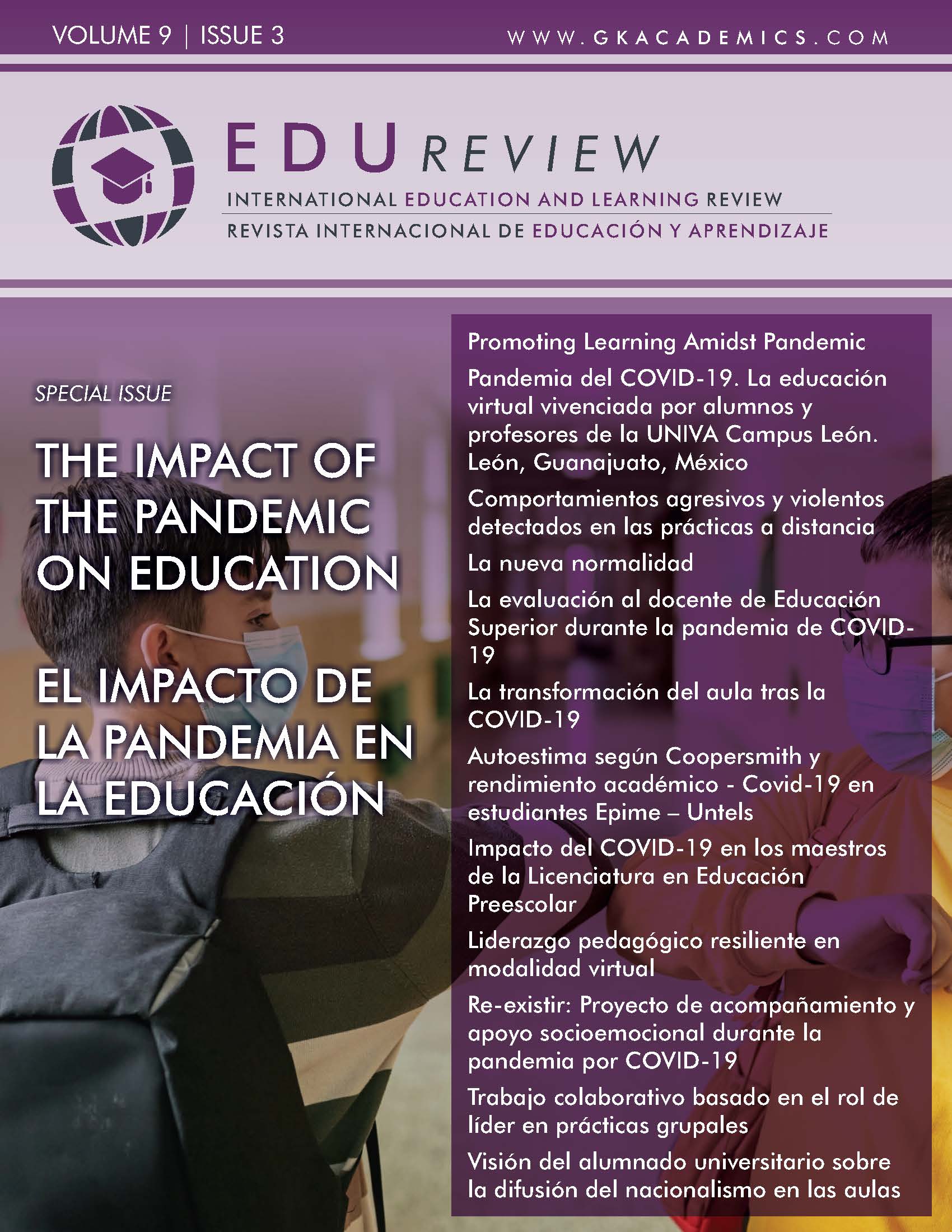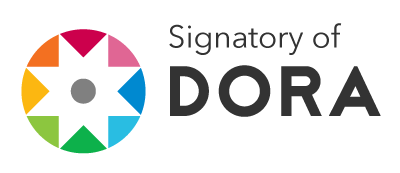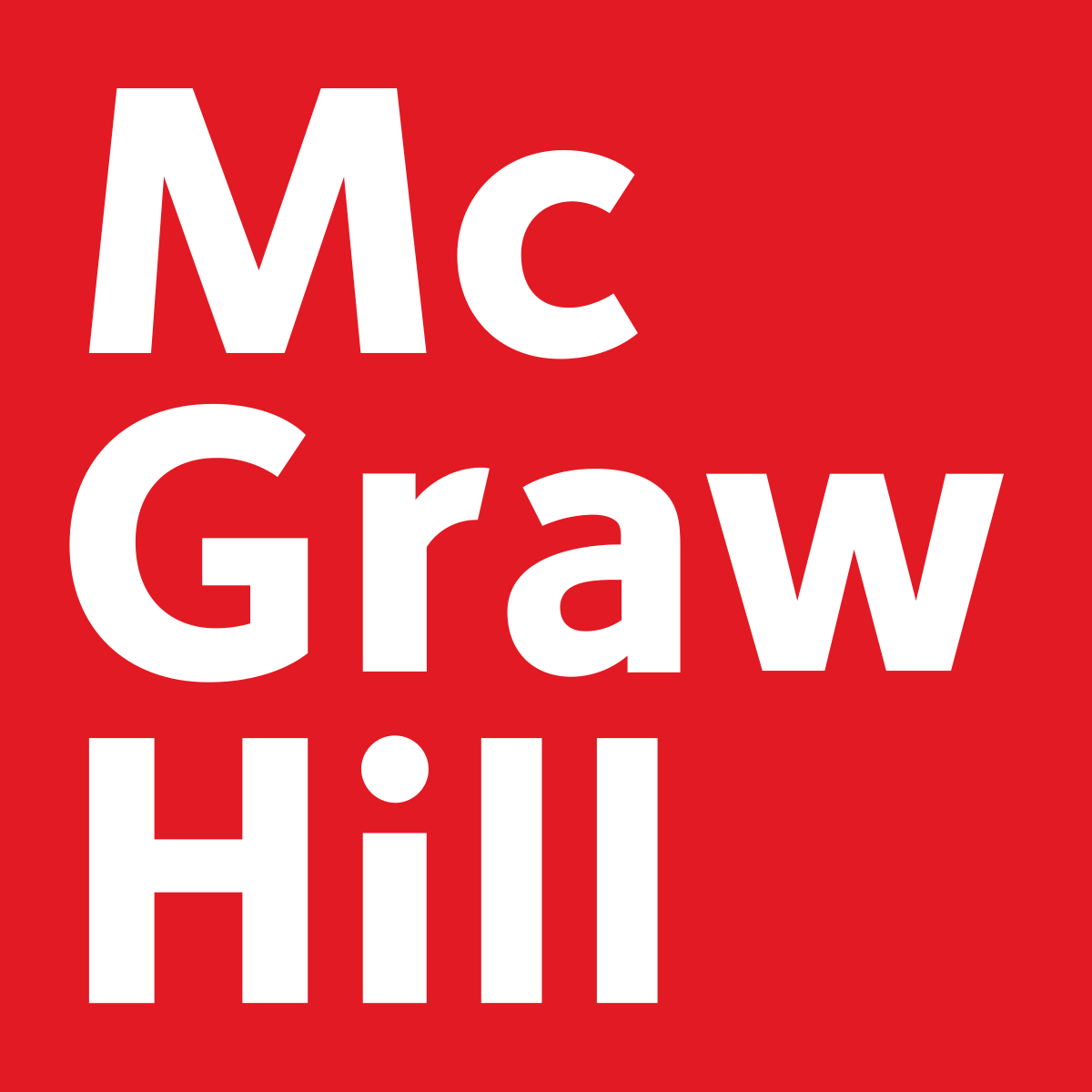The Change in Class after COVID-19
DOI:
https://doi.org/10.37467/gkarevedu.v9.2990Keywords:
COVID-19, Educational space, Active methodologies, Methodological renewalAbstract
In the first term of 2020, the way people relate to each other in all aspects of our lives changed due to COVID-19. The authors of the present paper carried out an investigation on the teaching methodologies and the educational space in Ceuta months before the confinement in Spain. After the health alarm, some regulations were established by the Ministry of Education and Professional Training that established a protocol of action for the personnel of the educational centers. According to the available data and the established protocol, it is possible that teachers may struggle to comply with the above-mentioned standards.
Downloads
Global Statistics ℹ️
|
479
Views
|
137
Downloads
|
|
616
Total
|
|
References
Alonso-Sanz, A. (2017). Escuelas: espacios equivocados frente a los deseados por escolares. Revista Electrónica Actualidades Investigativas en Educación, 17(3), 1-33. http://dx.doi.org/10.15517/aie.v17i3.29824 DOI: https://doi.org/10.15517/aie.v17i3.29824
Bannister, D. (2017). Pautas para Estudiar y Adaptar los espacios de aprendizaje en centros educativos. Editorial European Schoolnet.
Buendía, L., Colás, M.P., y Hernández, F. (1998). Métodos de investigación en psicopedagogía. Editorial Mc Graw-Hill.
Cano, M., y Lledó, A. (1995). Espacio, comunicación y aprendizaje. Díada Editorial S.L.
Castro-Pérez, M., y Morales-Ramírez, M.E. (2015). Los ambientes de aula que promueven el aprendizaje, desde la perspectiva de los niños y niñas escolares. Revista Electrónica Educare, 19(3), 1-32. http://dx.doi.org/10.15359/ree.19-3.11 DOI: https://doi.org/10.15359/ree.19-3.11
Del Canto, E. y Silva, A. (2013). Metodología cuantitativa: abordaje desde la complementariedad en ciencias sociales. Revista de Ciencias Sociales (Cr), 3(141),25-34. Recuperado de http://www.redalyc.org/articulo.oa?id=15329875002. DOI: https://doi.org/10.15517/rcs.v0i141.12479
Duarte D., J. (2003). Ambientes de aprendizaje: una aproximación conceptual. Estudios pedagógicos (Valdivia), 29, 97-113. http://dx.doi.org/10.4067/S0718-07052003000100007 DOI: https://doi.org/10.4067/S0718-07052003000100007
Fuentes-Cabrera, A., Parra-González, M.E., López, J., & Segura-Robles, A. (2020). Educational Potentials of Flipped Learning in Intercultural Education as a Transversal Resource in Adolescents. Religions, 11(1), 1-13. https://doi.org/10.3390/rel11010053 DOI: https://doi.org/10.3390/rel11010053
Izadpanah, S., & Günce, K. (2014). Integration of educational methods and physical settings: Design guidelines for High/Scope methodology in pre-schools. South African Journal of Education, 34(2), 1-17. doi: 10.15700/201412071125 DOI: https://doi.org/10.15700/201412071125
León, M.J. y Crisol, E. (2011). Diseño de cuestionarios (OPPUMAUGR y OPEUMAUGR): La opinión y la percepción del profesorado y de los estudiantes sobre el uso de las metodologías activas en la universidad. Profesorado. Revista de Currículum y Formación de Profesorado, 15(2), 271-298. Recuperado de http://hdl.handle.net/10481/17444
López-Belmonte, J., Segura-Robles, A., Fuentes-Cabrera, A., & Parra-González, M.E. (2020). Evaluating Activation and Absence of Negative Effect: Gamification and Escape Rooms for Learning. International Journal of Environmental Research and Public Health, 17(7), 1-12. https://doi.org/10.3390/ijerph17072224 DOI: https://doi.org/10.3390/ijerph17072224
Luelmo del Castillo, M.J. (2018). Origen y desarrollo de las metodologías activas dentro del sistema educativo español. Encuentro. Revista del Departamento de Filosogía Moderna, 27, 4-21. DOI: https://doi.org/10.37536/ej.2018.27.1890
Ministerio de Educación y Formación Profesional. (2020). Guía de medidas de prevención e higiene frente a covid19 para la reapertura parcial de centros educativos en ceuta y melilla el curso 2019-2020. España: Ministerio de Sanidad. https://www.educacionyfp.gob.es/dam/jcr:5f3fd037-f34e-4036-a6bf-f87661d94f48/20200522-guia-reapertura-centros-educativos-fases-1-y2-ceuta-y-melilla.pdf
Parra-González, M.E., López Belmonte, J., Segura-Robles, A., & Fuentes-Cabrera, A. (2020). Active and Emerging Methodologies for Ubiquitous Education: Potentials of Flipped Learning and Gamification. Sustainability, 12(2), 1-11. https://doi.org/10.3390/su12020602 DOI: https://doi.org/10.3390/su12020602
Park, E.L. & Choi, B.K. (2014). Transformation of classroom spaces: traditional versus active learning classroom in colleges. High Educ, 68, 749–771. https://doi.org/10.1007/s10734-014-9742-0 DOI: https://doi.org/10.1007/s10734-014-9742-0
Pérez López, C. y Laorden Gutiérrez, C. (2002). El espacio como elemento facilitador del aprendizaje: una experiencia en la formación inicial del profesorado. Pulso: revista de educación, (25), 133-146. Recuperado de https://dialnet.unirioja.es/servlet/articulo?codigo=243780.
Polanco Garay, L.W. y Moré Soto, D. (2021). Del aprendizaje tradicional al aprendizaje invertido como continuidad del proceso educativo en contexto de COVID-19. Mendive. Revista de Educación, 19(1), 214-226.
Real Decreto 132/2010, de 12 de febrero, por el que se establecen los requisitos mínimos de los centros que impartan las enseñanzas del segundo ciclo de la educación infantil, la educación primaria y la educación secundaria. Boletín Oficial del Estado, 62, de 12 de marzo de 2010, 2010-4132. Recuperado de https://www.boe.es/buscar/pdf/2010/BOE-A-2010-4132-consolidado.pdf.
Downloads
Published
How to Cite
Issue
Section
License
Those authors who publish in this journal accept the following terms:
-
Authors retain copyright.
-
Authors transfer to the journal the right of first publication. The journal also owns the publishing rights.
-
All published contents are governed by an Attribution-NoDerivatives 4.0 International License.
Access the informative version and legal text of the license. By virtue of this, third parties are allowed to use what is published as long as they mention the authorship of the work and the first publication in this journal. If you transform the material, you may not distribute the modified work. -
Authors may make other independent and additional contractual arrangements for non-exclusive distribution of the version of the article published in this journal (e.g., inclusion in an institutional repository or publication in a book) as long as they clearly indicate that the work was first published in this journal.
- Authors are allowed and recommended to publish their work on the Internet (for example on institutional and personal websites), following the publication of, and referencing the journal, as this could lead to constructive exchanges and a more extensive and quick circulation of published works (see The Effect of Open Access).













